|
On woodland walks from June to September it's almost impossible to miss the tall, willowy and graceful spires of the foxglove In hues of purple and pink with the occasional white thrown in, these denizens of hedgerows, ditches and woodlands are one of Ireland's most beautiful wildflowers. Although most associated with woodland glades they can also be found on moors, mountains and sea cliffs, the foxglove thrives on acid soil (but grows almost anywhere, really) and quickly colonises recently cleared ground, such as clearfells of coniferous plantations. Large, oval leaves form a basal rosette of soft, downy foliage in the first year from which the flowering spike emerges in the next. The spire, often up to 1.5m high, produces a myriad of limply hanging flowers on one side of the stem only. Numbers of individual flowers can range from just 20 or so to 60 or more and can be darker on the top and paler beneath with variously white bordered, crimson spotted throats. This is a plant for the margins of the garden guaranteed to attract attention, they are particularly attractive to native insects; bees, hoverflies and some wasps too and bumblebees in particular. The lower lip of each flower projects just enough to form perfect landing platforms for these busy pollinators as they buzz in and wiggle out, bum first from each flower in search of pollen and nectar. The foxglove has a number of coloquial names, a favourite Irish name is Mearacain na mBan Sí that can be translated as Thimble of the Sidhe or Banshee but the common name is thought to deride from corruptions of the Anglo-Saxon word 'folks' - a reference to little folk or faeries. This is supported by the fact that in parts of the UK as well as here in Ireland, they also have the common name of fairy bells or fairy thimbles. In folklore it is said that foxgloves are beloved by faeries and their appearance in the wild indicates the presence of them and that faeries can be attracted to your garden just by planting them. Picking the flowers of foxgloves is said to be unlucky because it robs the faeries, elves, and other faerie folk of a plant they particularly delight in. A myth of the UK west country (Devon and Cornwall) explains that foxgloves bob and sway even when there is no wind because the plant is bowing to the faerie folk as they pass by on their secret paths. Every part of the foxglove is poisonous: a characteristic that earned it another of its common names, Dead Man’s Thimbles but as with most of the more toxic plants, distilation of foxglove was widely used by herbalists and this powerful plant has been used for heart tonics and to treat heart disease since Celtic and Roman times.
In 1785, William Withering, as a result of extensive clinical trials with extracts from the foxglove, summarised and described the symptoms of digitalis toxicity in detail. Foxgloves give us digitalin, a glysoside that increases the speed, force and pace of cardiac contractions, and today it is widely employed in the treatment of various heart conditions As well as being a very common wildflower, it is a popular plant with gardeners as they are easy to grow and can add height, drama and colour to a border or wilder area. Many cultivars from pure white, through yellow and peach to deep strawberry pink are available today, but for great impact that also benefits your local wildlife you can’t beat the native wild variety.
0 Comments
Leave a Reply. |
WildEdges
A haven of quiet countryside highlighting issues affecting the natural world. Categories
All
|
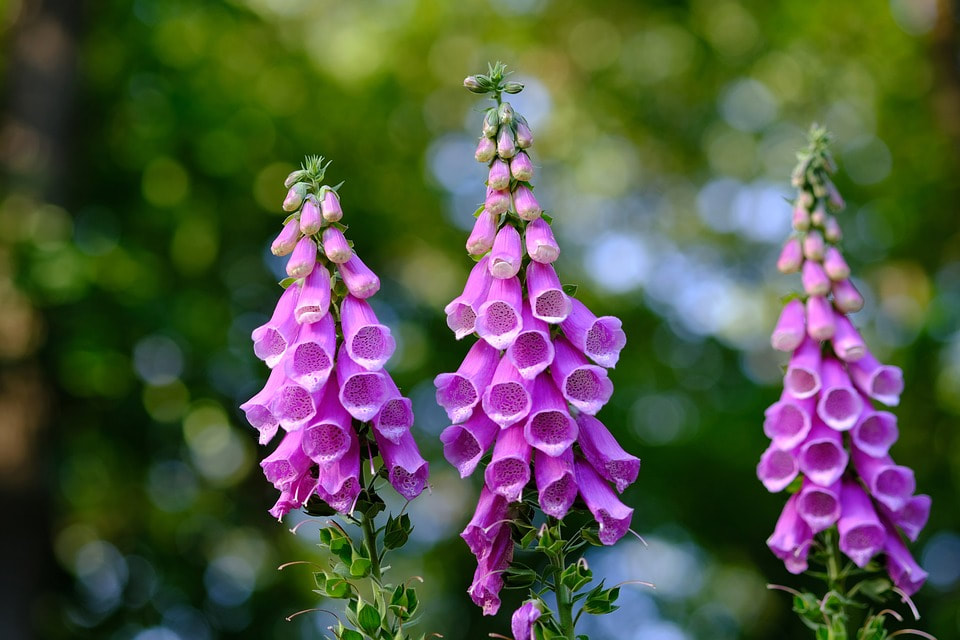
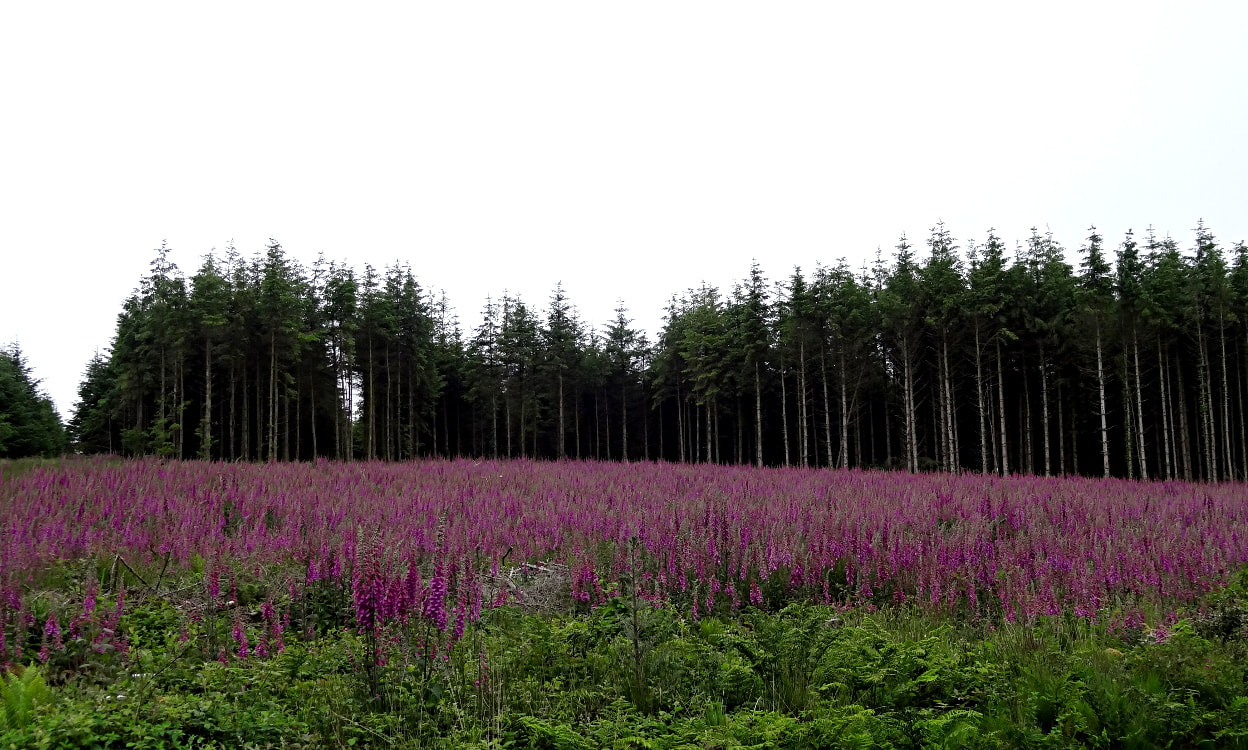
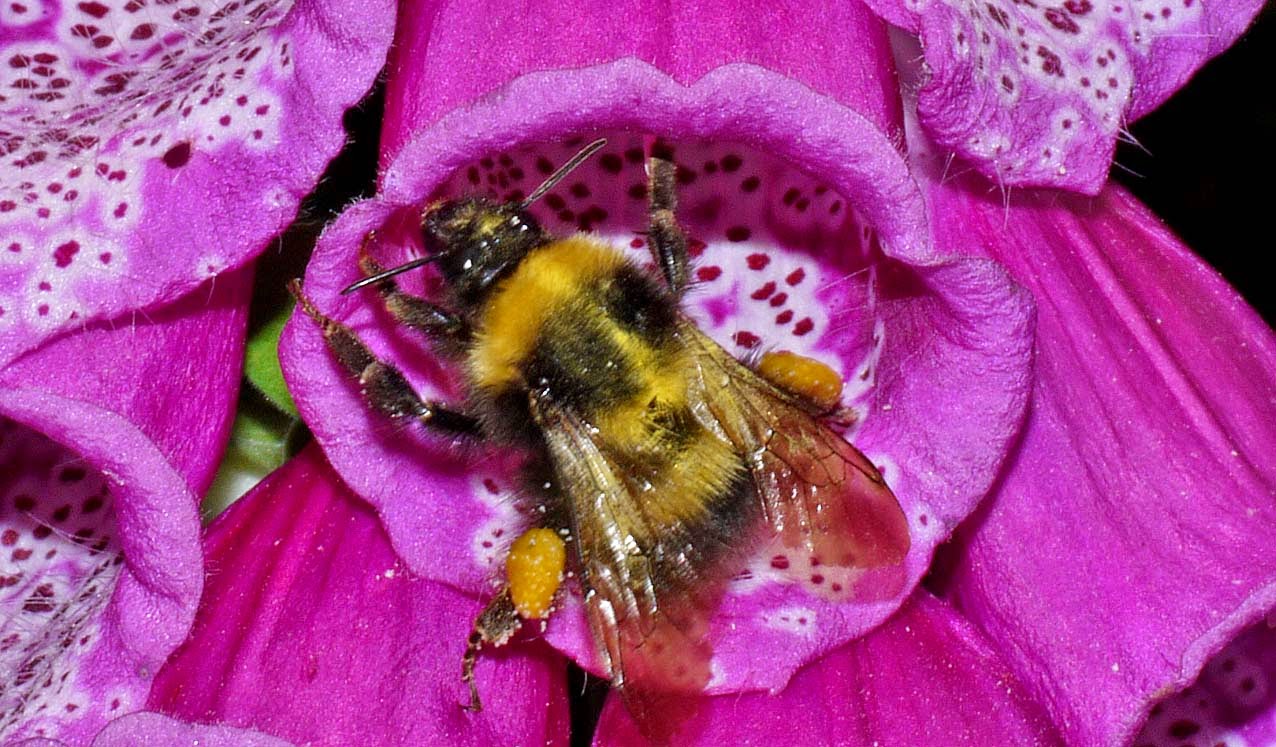
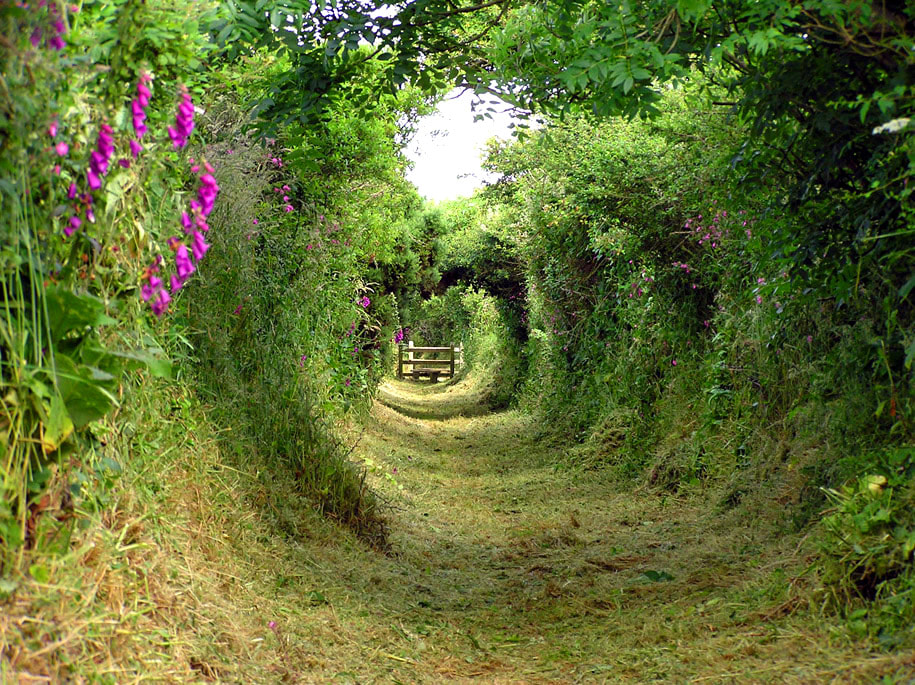
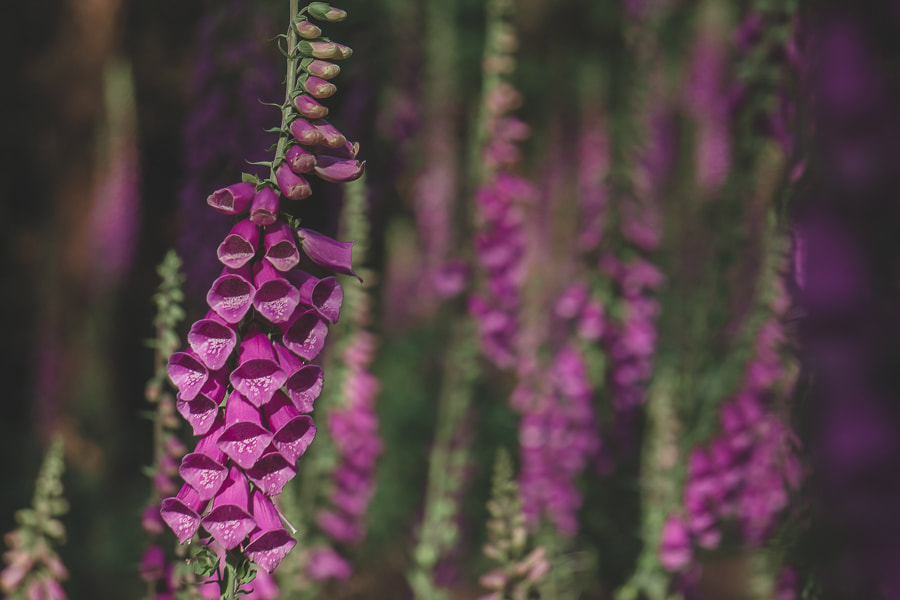
 RSS Feed
RSS Feed